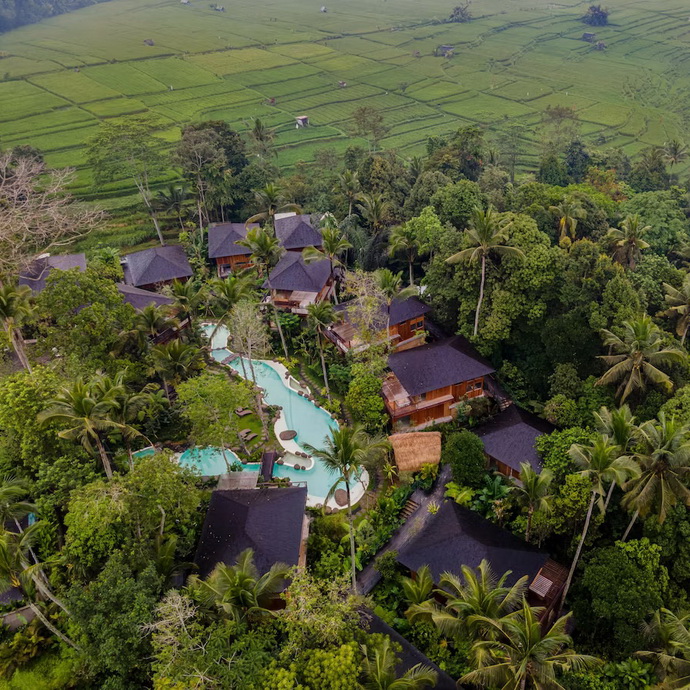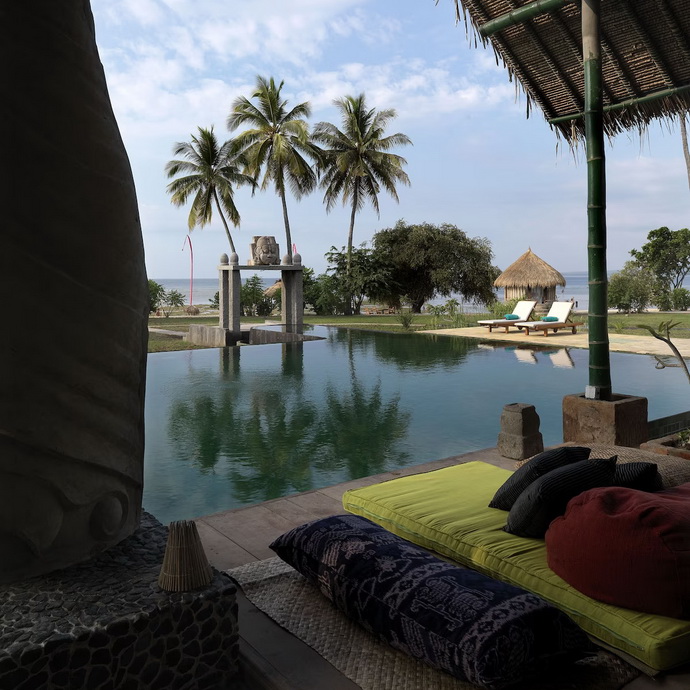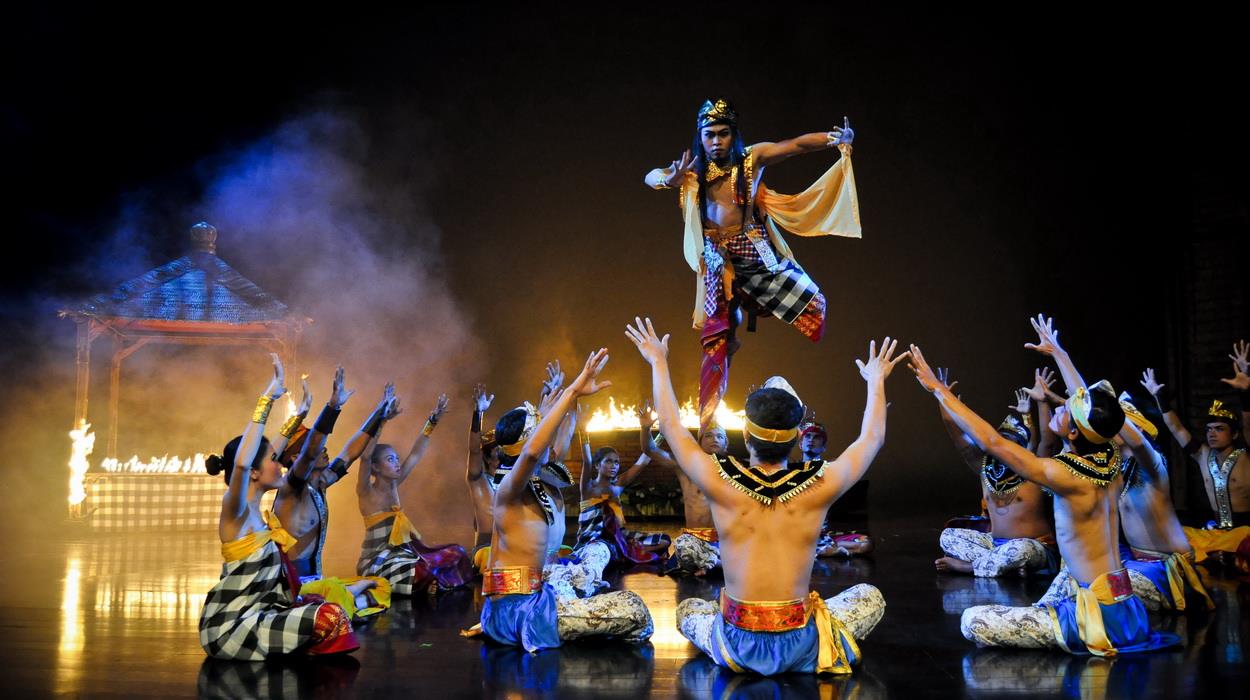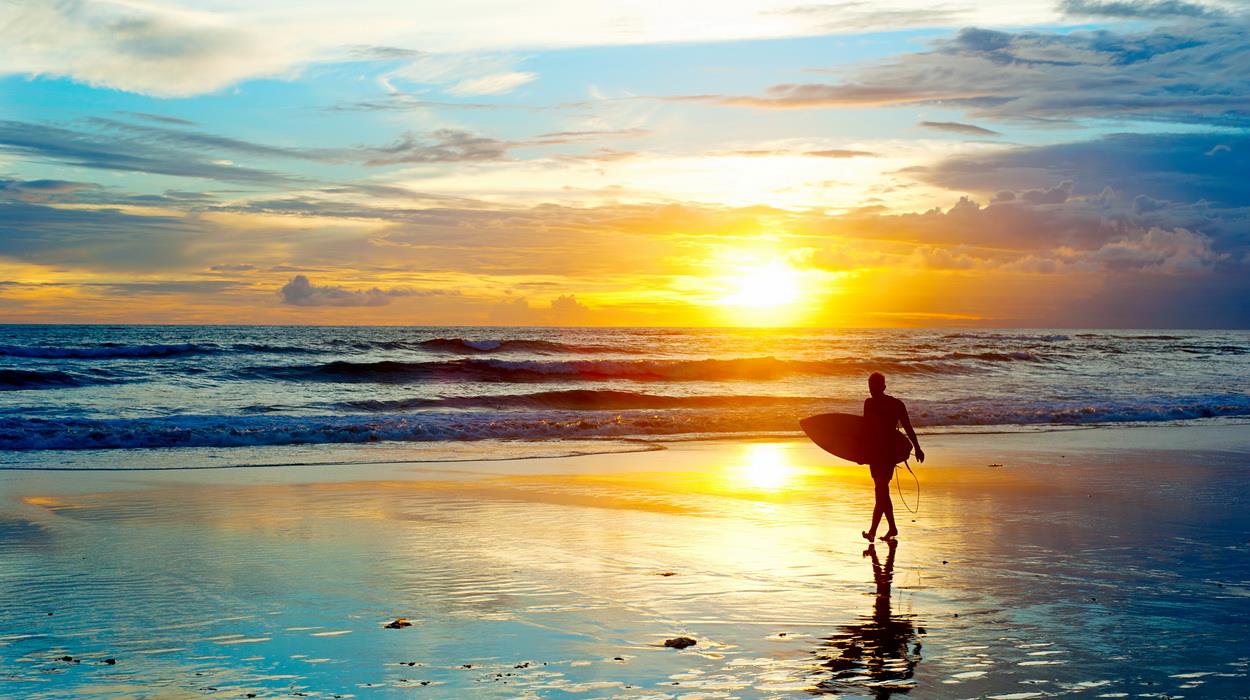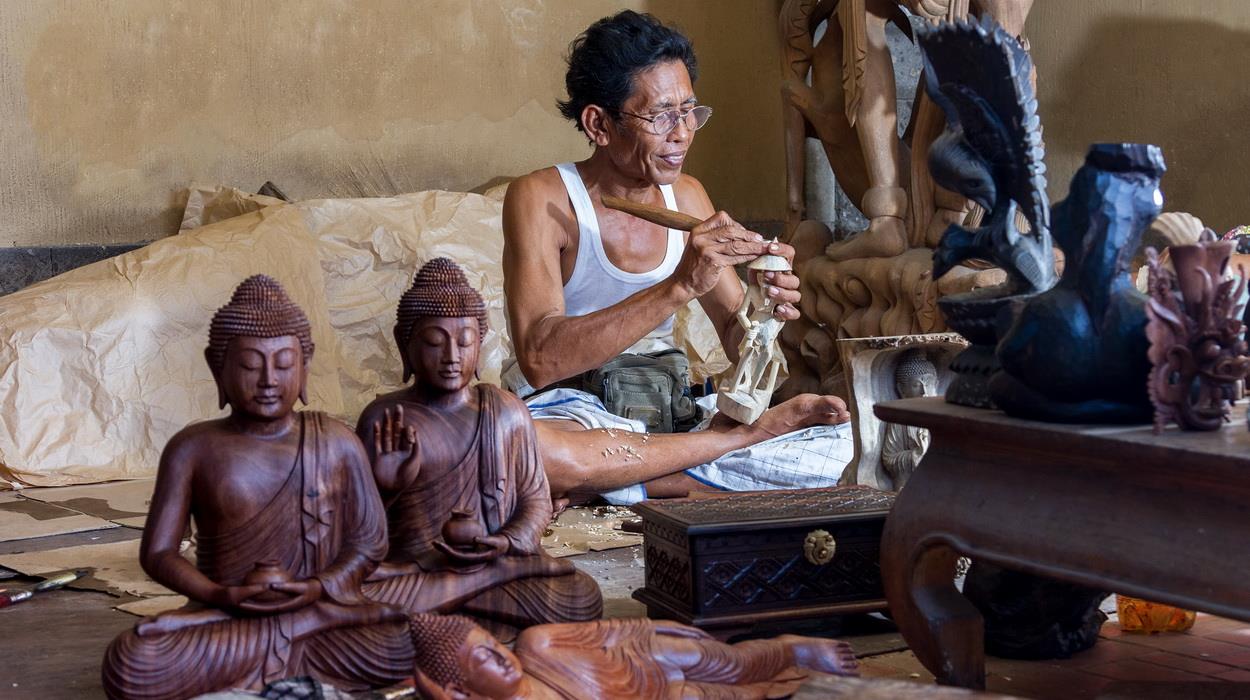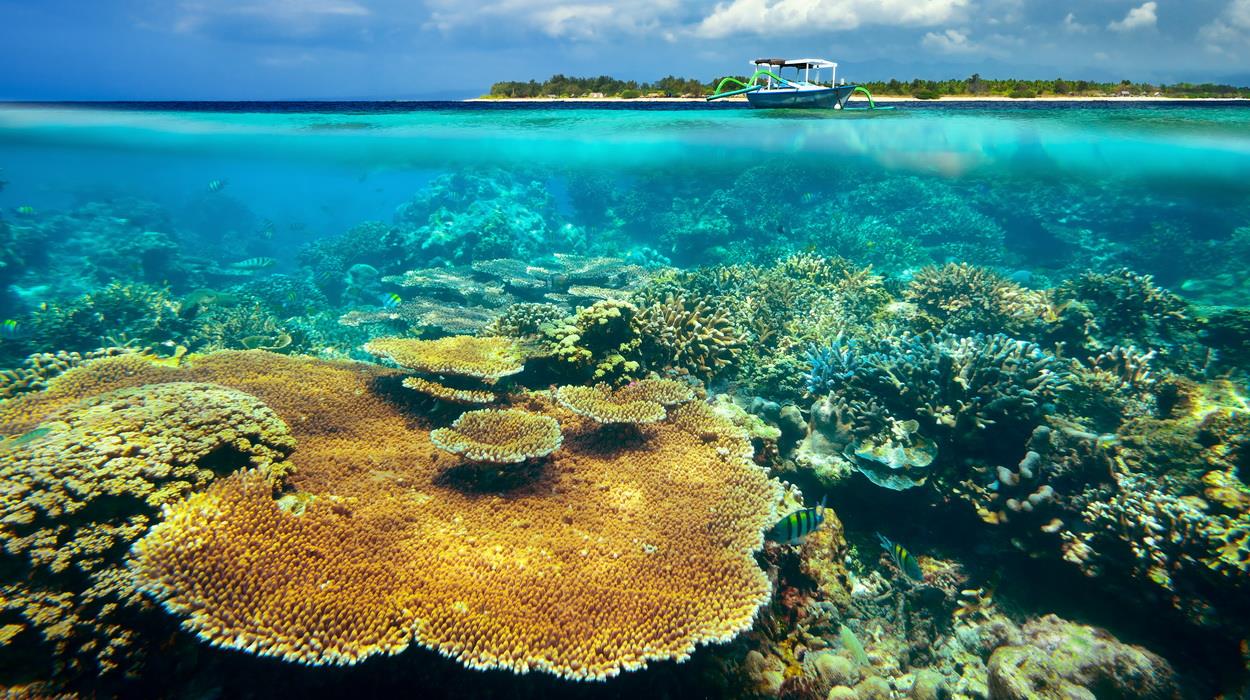Bali & Lombok, A Twofold Wonder
Overview
Tour Highlights
- Immerse in Ubud’s cultural richness, exploring traditional craft villages and fine art galleries
- Trek Campuhan Ridge for panoramic views, stroll through the enchanting Ubud Monkey Forest, and enjoy a delectable lunch at the River Club
- Island hop to Gili Trawangan, Gili Meno, and Gili Air for snorkeling and sea turtle spotting
- Explore the lively area of Seminyak with its upmarket attractions
- Visit Uluwatu Temple with a stunning ocean view and experience the captivating Kecak Fire Dance during sunset
What’s Included
- Round-trip fast boat between Bali and Lombok
- 3 nights in a Jungle Suite at Kappa Senses in Ubud
- 4 nights in a Kampong Lombok Bungalows at Hotel Tugu Lombok
- 3 nights in a Premier room at Trans Resort Seminyak
- Daily breakfast
- Transfers and sightseeing tours as specified in the itinerary
- Hotel taxes and service charges
What’s Excluded
- International & domestic flights
- Visa fees, gratuities & travel insurance
- Any meals or optional activities not mentioned in the itinerary
- Personal expenses like tipping, laundry, telephone/fax calls, beverages, camera/video camera fees at monuments, medical expenses
Itinerary
Arrive at Ngurah Rai International Airport. After customs and immigration procedures, meet your driver for your private transfer to your resort in Ubud.
Accommodation: Kappa Senses Ubud (Jungle Suite)
Set off on a day filled with adventurous exploits amidst Bali's breathtaking landscapes. Our journey begins at Campuhan Ridge, a captivating hiking trail in Ubud, the island's cultural heart. A delightful trek unveils one of Ubud's most picturesque walking paths, offering sweeping views of rolling valleys and expansive agricultural lands. Following the hike, indulge in a refreshing coconut water drink before strolling through the enchanting Ubud Monkey Forest near Padangtegal village. This sacred conservation site, overseen by residents, is adorned with three revered temples and inhabited by approximately 700 playful monkeys! Our next destination is the River Club, a captivating haven among Bali's most photogenic spots. Here, a delectable lunch awaits, surrounded by ample time to unwind by the pool and capture memories on the iconic Bali swing, providing panoramic views of the waterfall and lush jungle. This marks the conclusion of an extraordinary exploration into the mesmerizing interior landscapes of Bali.
Meals: Breakfast
Accommodation: Kappa Senses Ubud (Jungle Suite)
Immerse yourself in the cultural richness of Ubud, Bali's cultural heart. Begin your cultural exploration at Tohpati, renowned for its traditional batik products. Continue to Celuk, a hub of exquisite silver craftsmanship, where you can observe skilled artisans crafting intricate pieces. Venture to Mas, another handicraft enclave celebrated for its finely carved wood products. Explore the artistic side of Ubud, visiting fine art galleries such as the Agung Rai Museum of Art, housing an extensive collection of paintings by Indonesian and foreign artists in both classic Balinese and contemporary styles. Sharpen your bargaining skills at Ubud Market before a visit to Puri Saren Agung, the former royal family's residence that governed Ubud from the late 1800s until 1917.
Meals: Breakfast
Accommodation: Kappa Senses Ubud (Jungle Suite)
Board a fast boat to Lombok in the East of Bali, known for its beautiful beaches, jungle terrain, and traditional villages. The journey takes about 2.5 hours. Upon arrival, meet your driver for your transfer to your resort. You will stay the next four nights at the Hotel Tugu Lombok, nestled along the tranquil Sire Beach on the northwest coast of Lombok Island.
Meals: Breakfast
Accommodation: Hotel Tugu Lombok (Kampong Lombok Bungalows)
Our adventure begins with a visit to Pusuk Temple in Lombok, renowned for its captivating monkey population, creating a unique spectacle within the temple compound. Following this lively start, we board the boat to explore the stunning Gili Islands—Gili Trawangan, Gili Meno, and Gili Air. Immerse yourself in the crystal-clear waters, snorkel amidst vibrant underwater statues and colorful reefs, and watch for the islands' famous sea turtles—a definite highlight on any Lombok itinerary. As the sun begins to set, we leisurely cruise back to Lombok Harbour, concluding a day filled with tropical wonders and unforgettable marine experiences.
Meals: Breakfast
Accommodation: Hotel Tugu Lombok (Kampong Lombok Bungalows)
Indulge in a leisurely day at your own pace, embracing the serene ambiance of Sire Beach's white-powder sands. Alternatively, elevate your experience with the optional Romantic Sunrise Picnic Breakfast. Step aboard the Naga Mesem boat, a vessel inspired by the romantic folklore of the goddesses of Rinjani Peak and the Sea Dragon's son. Wake before dawn, paint the sky with hues of pink, and savor a 2-hour private sunrise picnic breakfast on this traditional wooden dragon head boat. Your dedicated butler will serve a lavish breakfast as you gently cruise the breathtaking bays, passing the renowned Gili Islands while the captivating sunrise unfolds over Mount Rinjani. This enchanting experience promises a magical beginning to your day, brimming with love and tranquility.
Meals: Breakfast
Accommodation: Hotel Tugu Lombok (Kampong Lombok Bungalows)
Spoil yourself today at the hotel's Hening Swarga Spa with a private, luxury spa treatment.
Meals: Breakfast
Accommodation: Hotel Tugu Lombok (Kampong Lombok Bungalows)
Embark on a scenic return journey from Lombok to Bali via a fast boat, offering breathtaking views during the approximately three-hour ride. Upon arrival at the port, your attentive driver will seamlessly transfer you to the luxurious Trans Resort in Seminyak. Nestled in the vibrant heart of Seminyak, this opulent retreat is strategically located near Seminyak Eat Street and the trendsetting avenues of Seminyak, inviting you to immerse yourself in the upscale allure that has made Seminyak a premier destination on the island. Delight in the epitome of comfort with a stay in the Premier room, ensuring a lavish and stylish experience.
Meals: Breakfast
Accommodation: Trans Resort (Premier room)
Experience the best sundown spot in Bali on a visit to Uluwatu Temple, a Balinese Hindu sea temple built at the edge of a 230-foot-high cliff with a commanding view of the Indian Ocean. Explore the temple and watch the sunset before experiencing one of Bali's most famous cultural performances, the Kecak Fire Dance.
Meals: Breakfast
Accommodation: Trans Resort (Premier room)
Take a day to unwind and explore at your own pace. Consider visiting the distinctive 15th-century Pura Petitenget Temple in Seminyak during your free time—an active place of worship for the locals.
Meals: Breakfast
Accommodation: Trans Resort (Premier room)
Following breakfast, rendezvous with your driver for a seamless transfer to the airport.
Meals: Breakfast
Dates & Prices
| Departure Dates | Tour Cost | More Info | |
|---|---|---|---|
| 17 Apr 24 - 26 Apr 24 | USD $2199 | Bali & Lombok, A Twofold Wonder | BOOK NOW |
| 08 May 24 - 17 May 24 | USD $2199 | Bali & Lombok, A Twofold Wonder | BOOK NOW |
| 22 May 24 - 31 May 24 | USD $2199 | Bali & Lombok, A Twofold Wonder | BOOK NOW |
| 05 Jun 24 - 14 Jun 24 | USD $2199 | Bali & Lombok, A Twofold Wonder | BOOK NOW |
| 19 Jun 24 - 28 Jun 24 | USD $2199 | Bali & Lombok, A Twofold Wonder | BOOK NOW |
| 03 Jul 24 - 12 Jul 24 | USD $2199 | Bali & Lombok, A Twofold Wonder | BOOK NOW |
| 17 Jul 24 - 26 Jul 24 | USD $2399 | Bali & Lombok, A Twofold Wonder | BOOK NOW |
| 07 Aug 24 - 16 Aug 24 | USD $2399 | Bali & Lombok, A Twofold Wonder | BOOK NOW |
| 21 Aug 24 - 30 Aug 24 | USD $2399 | Bali & Lombok, A Twofold Wonder | BOOK NOW |
| 11 Sep 24 - 20 Sep 24 | USD $2399 | Bali & Lombok, A Twofold Wonder | BOOK NOW |
| 25 Sep 24 - 04 Oct 24 | USD $2199 | Bali & Lombok, A Twofold Wonder | BOOK NOW |
| 09 Oct 24 - 18 Oct 24 | USD $2199 | Bali & Lombok, A Twofold Wonder | BOOK NOW |
| 23 Oct 24 - 01 Nov 24 | USD $2199 | Bali & Lombok, A Twofold Wonder | BOOK NOW |
| 06 Nov 24 - 15 Nov 24 | USD $2399 | Bali & Lombok, A Twofold Wonder | BOOK NOW |
| 20 Nov 24 - 29 Nov 24 | USD $2399 | Bali & Lombok, A Twofold Wonder | BOOK NOW |
Accommodations
Gallery
FAQs
Fees will be assessed per person when you cancel your reservation. More information can be found in our Terms and Conditions.


